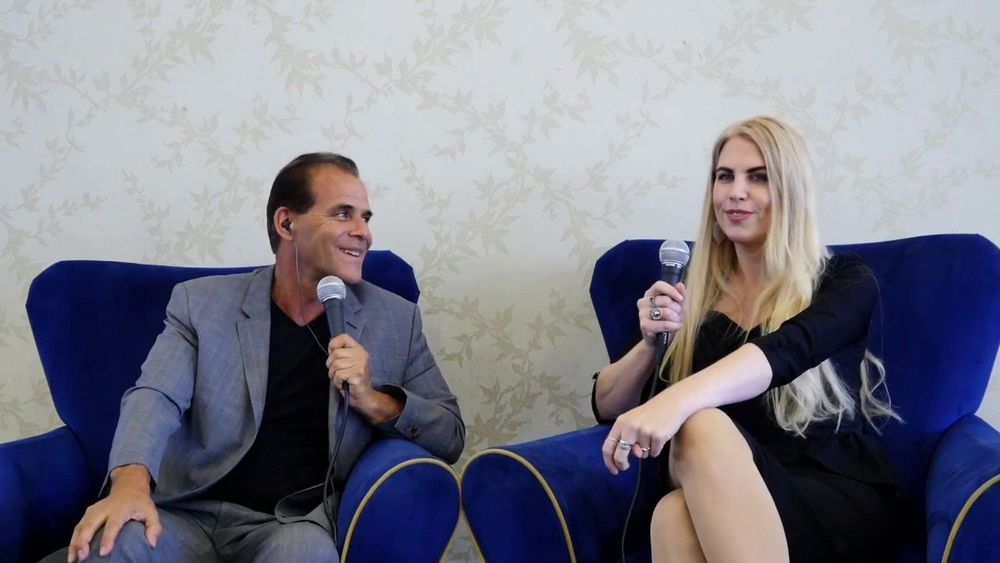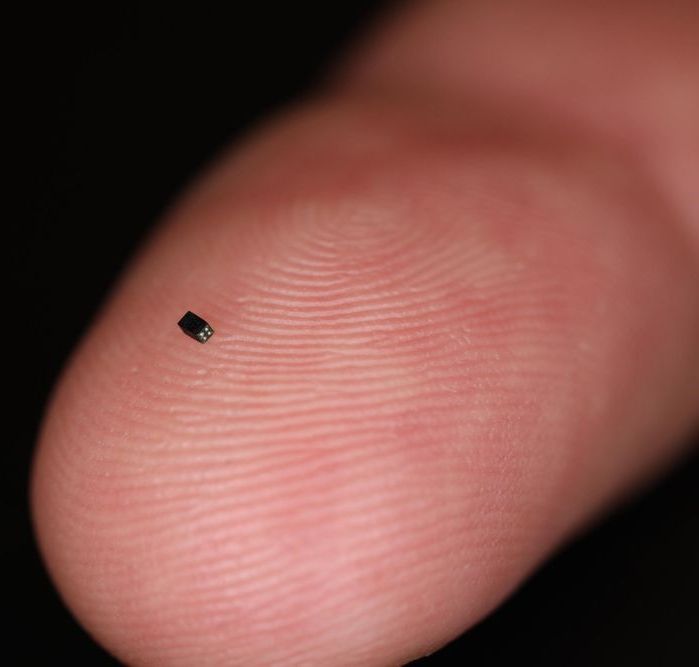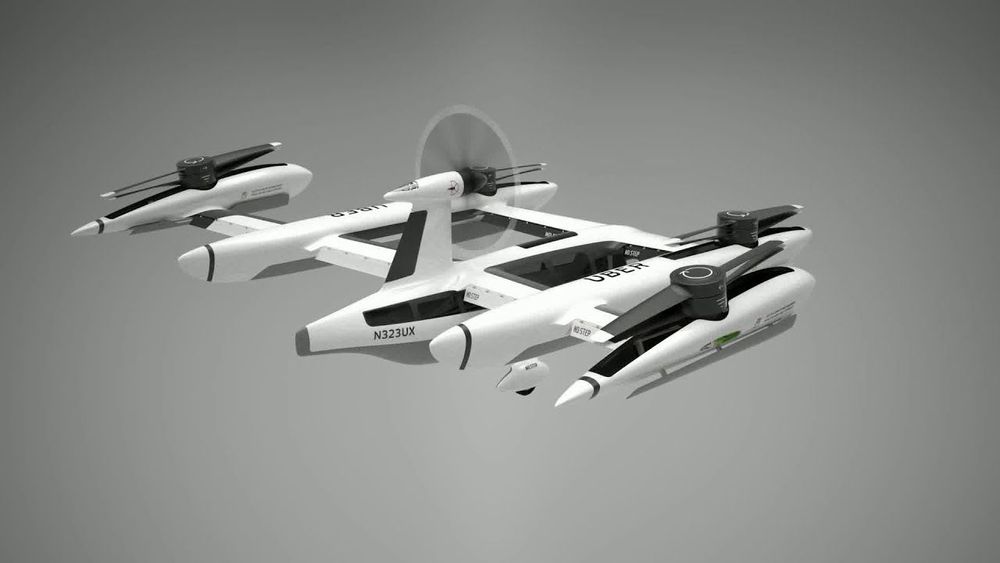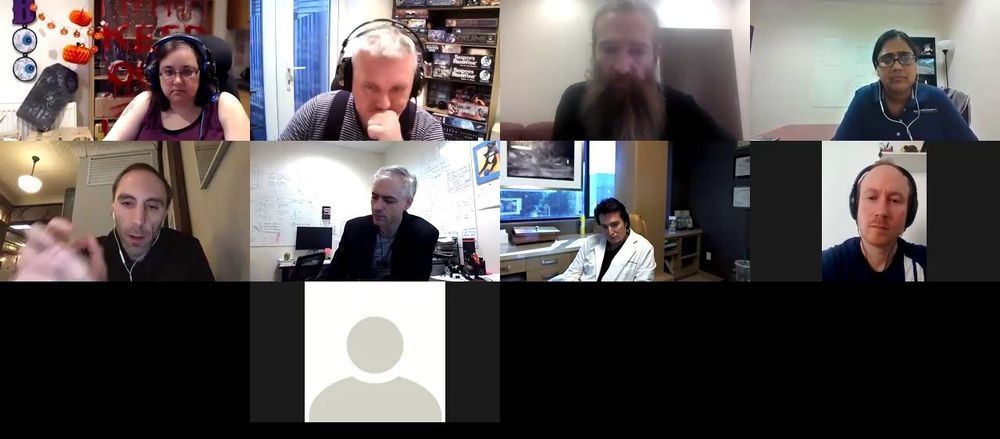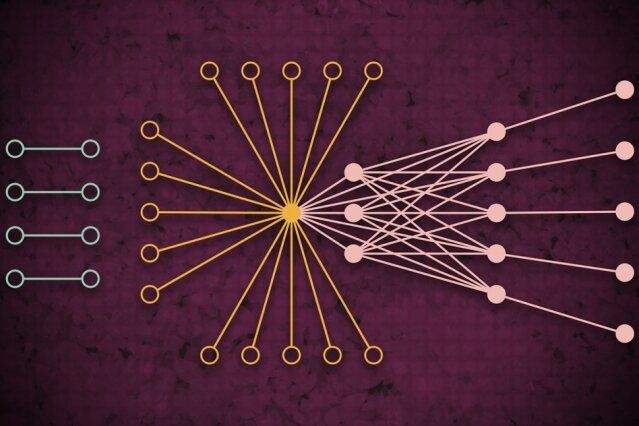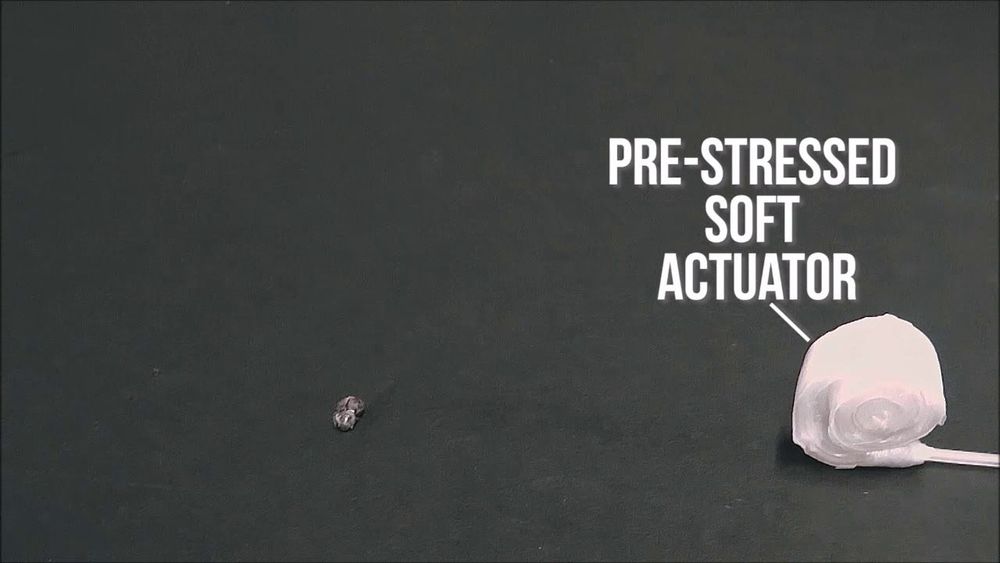Oct 29, 2019
Curing biological Aging & Gene Therapy with Liz Parrish and Dr. Nick Delgado at RaadFest, Las Vegas
Posted by Paul Battista in categories: biotech/medical, genetics, life extension
Dr. Nick interviews Liz Parrish, the Founder, and CEO of BioViva Sciences USA Inc at RaadFest in Las Vegas. Nick Delgado, ABAAHP is one of the leading experts in the field of bio-identical hormones, herbs, nutrition, exercise, partner intimacy, mindful self-motivation. Our goal is to help you restore your cellular health to radically improve the quality of life and world health.
————–
Liz Parrish is the Founder and CEO of BioViva Sciences USA Inc. BioViva is committed to extending healthy lifespans using gene therapy. Liz is known as “the woman who wants to genetically engineer you,” she is a humanitarian, entrepreneur and innovator and a leading voice for genetic cures.
————–
CONNECT WITH US:
